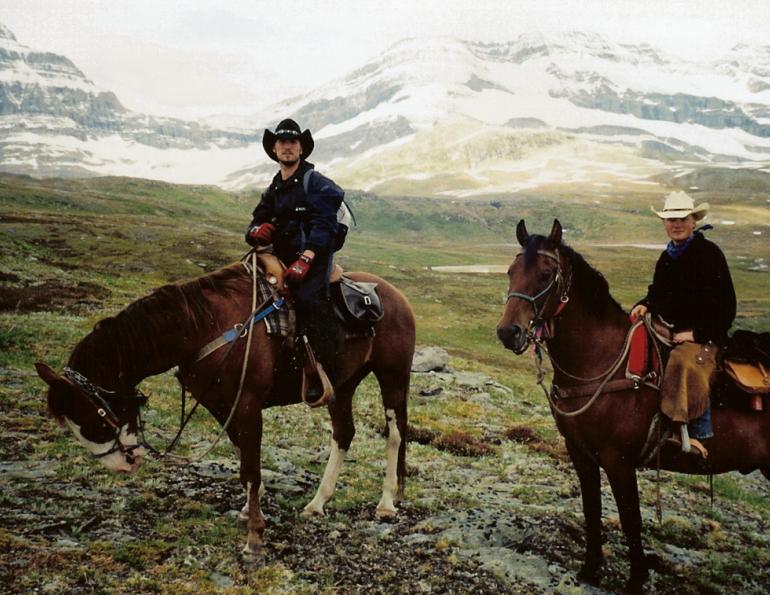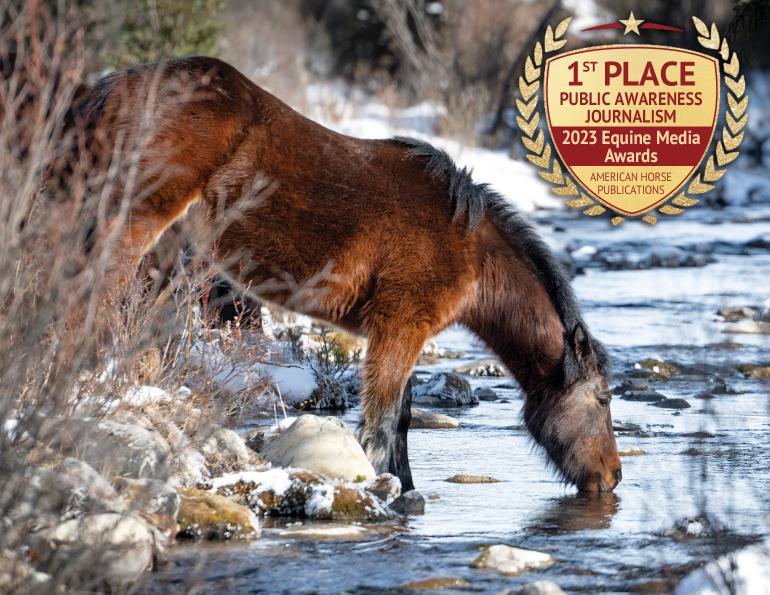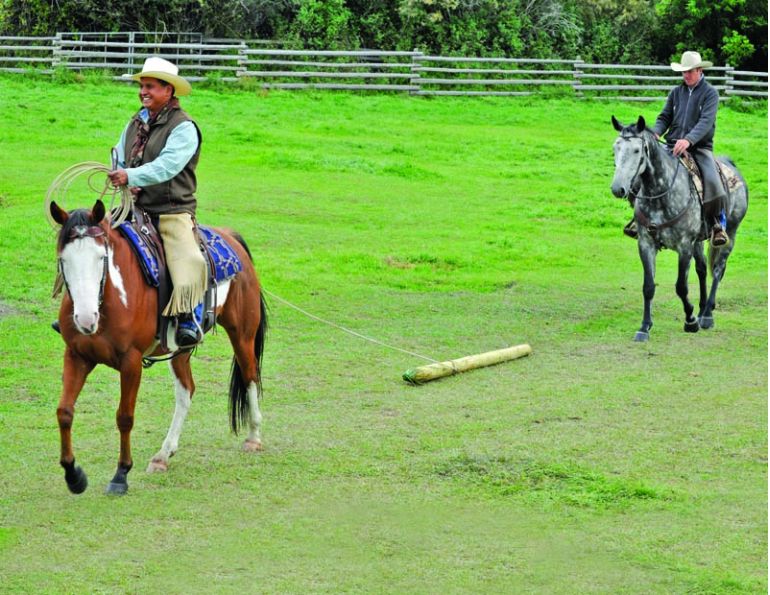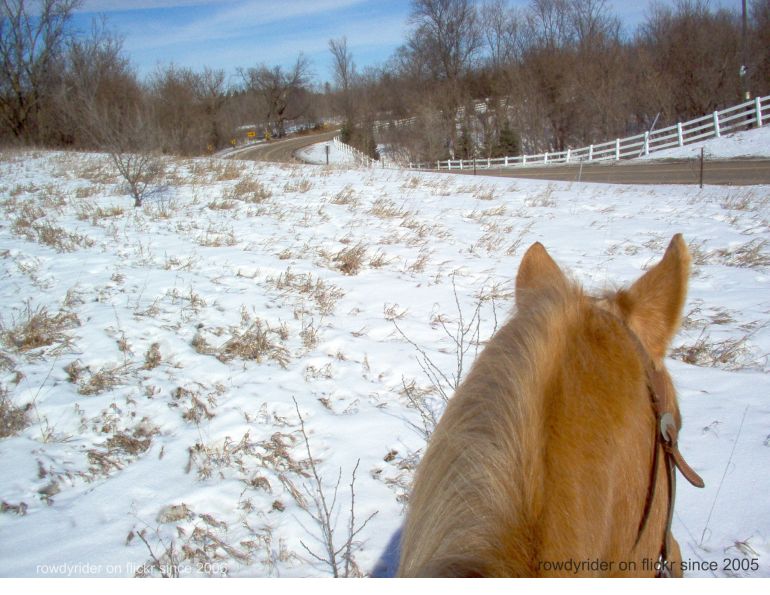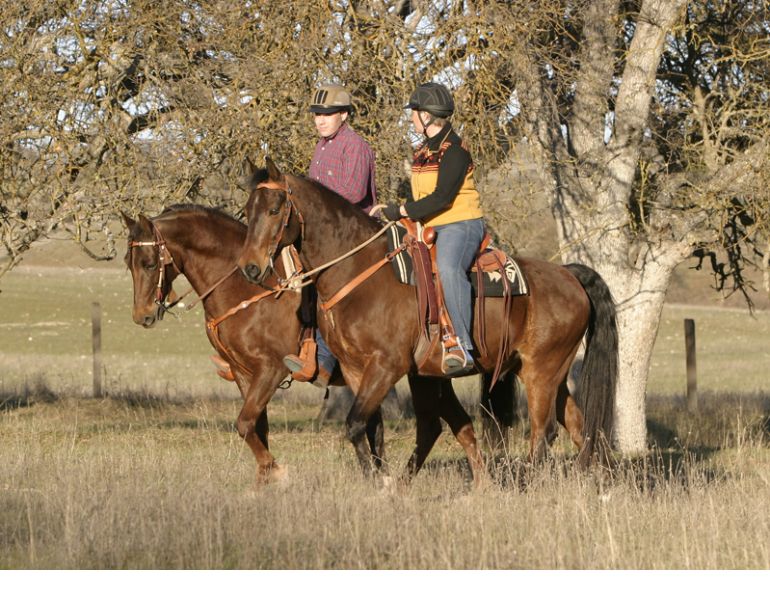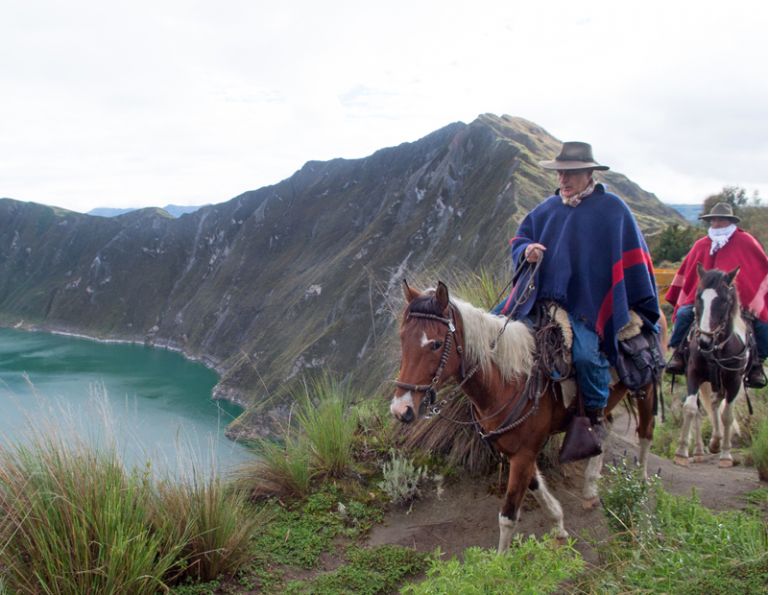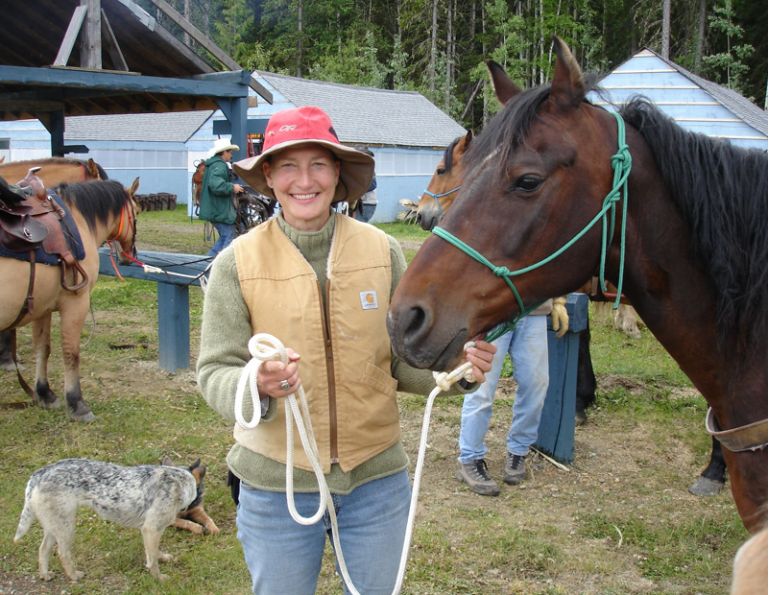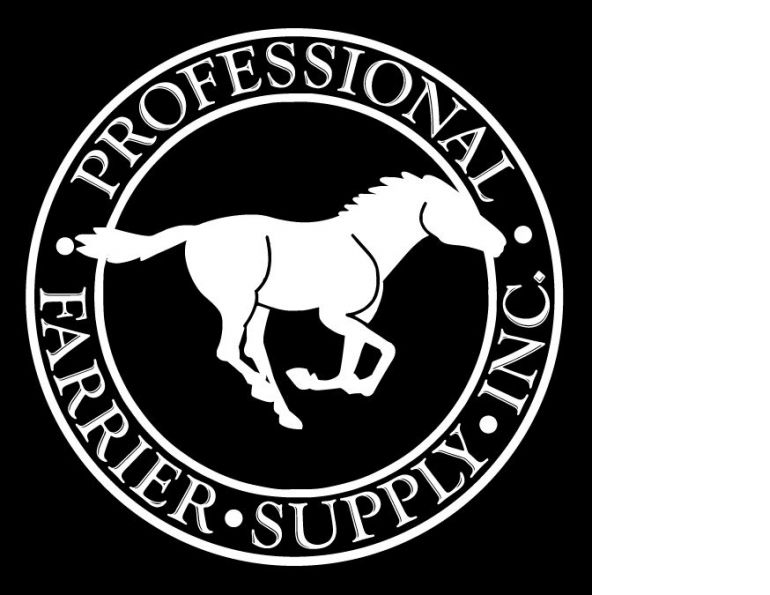By Stan Walchuk, Jr.
Trail knots remind me of the Dutch kid who stuck his finger in a hole in a dyke to prevent the whole dam from busting: a little thing that if not done, or not done right, can release a flood of trouble. If I had a dollar for each time I turned around and a horse was walking off dragging its lead rope I could buy us both shrimp dinner. Add another dollar for all of the “where’d my horse go?” stories and we could buy a bottle of fine wine to accompany that dinner.
Once I rode 22 miles into the Itcha Mountains of central BC. When I got near camp I stopped to do some chore but did not tie up the horse properly, and the horse, looking for the good feed or his buddies back at the trailhead, headed back out. Well, it got dark and started to snow as I miserably walked and ran in vain pursuit of the horse. I caught up, 22 miles later, back at the road head, jumped on, and rode back, 22 miles. That is about 90 miles in about 48 hours. Of course the horse had been happily munching his way in and out so he had a lot more in the tank than I had. No one will ever again have to tell me to properly tie up my horse.
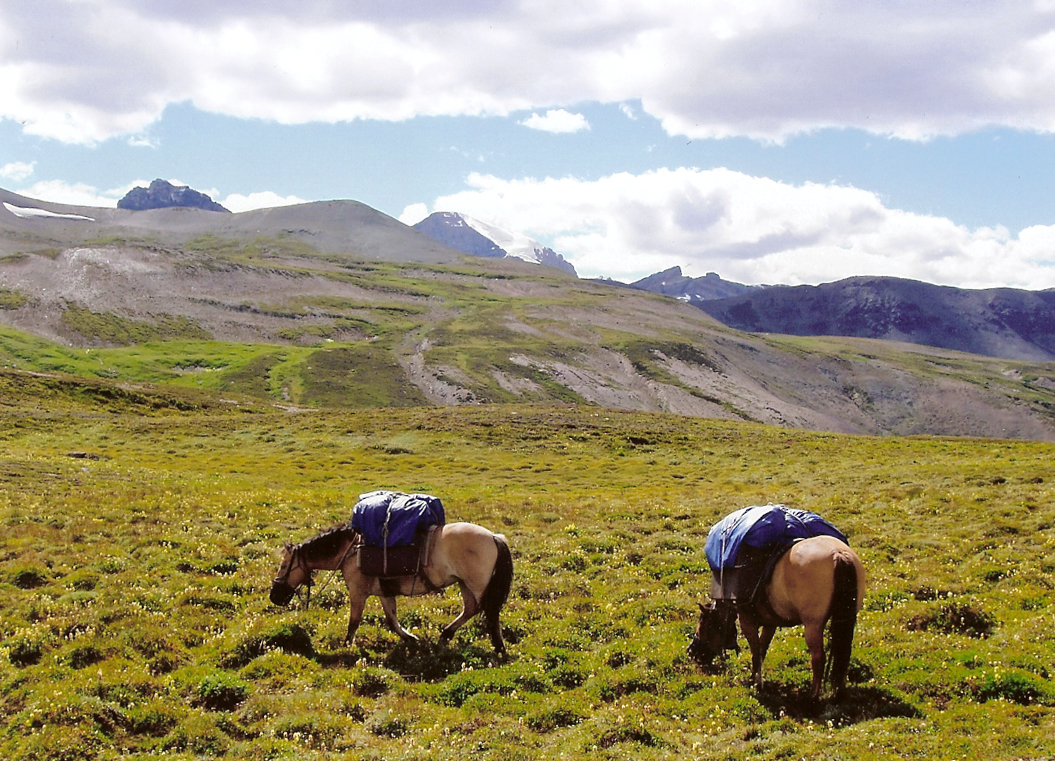
Rather than having horses wander loose in treeless areas, as shown here, consider tail tying two horses to keep them standing in one place for a short time.
At my family’s outfitting camp where we enjoy riding and packing clinics, we have about 100 feet of corral and solid fence posts alongside the camp shelter. Our clinic participants regularly tie up their mounts to these posts. One day, a few years back, I noticed a lead rope tied to a post, but no horse. I walked over to collect the rope but the knot had been sucked so tight it looked like it had been melted or welded on. To my chagrin the knot was not the bowline that it should have been but someone’s invention. It defied all of my efforts to loosen it and became a permanent fixture. I let it sit for the next few years. Now and then someone would say, “Oh, there’s a lead rope over there.” I’d say, “Yeah, go grab it,” and of course they wouldn’t be able to remove it. It was a good lesson about using proper knots and I would have a little chuckle.
Just think of all of the knots trail riders and horse campers need to tie: knots to tie horses to trees and posts, knots to tie horses to each other, knots to picket, knots to highline, knots to tie rope together, knots to make loops, knots to tail tie, and who knows what else. Yet, if you are like me, you probably owned your first horse for a year or two before you could tie your first real knot — and it was so simple you wondered what took you so long.
You should know some practical knots necessary or handy for trail riding. The order of necessity would be something like this: First, we often find ourselves tying up horses repeatedly through the course of a day, and a quick release knot is the ticket here. Second is the bowline knot, which is necessary for tying when there may be some pressure put on the knot, because it can nearly always be undone easily — great for tying for longer periods, for tying horses to each other when being led, for picket lines, for problem solving like dealing with pullers, for pulling your truck out of a ditch, and any other pulling situation you can think of. Third would probably be the inline bowline and the clove hitch. The inline bowline is a bowline loop that is created in the length of a line for highlines or any other purpose, and it can always be undone. The clove hitch is very good for tying your horse to smooth poles.
Other knots we use regularly are the reef knot for tying two similar size ropes together, the sheet bend for tying two dissimilar size ropes together, the hondo knot for a free standing loop, tail tying for tying horses head to tail, and the emergency halter, which is a knot — sort of. Here I will give an example of a quick release knot, clove hitch, reef knot, and tail tying. The other knots mentioned will be discussed in the next issue. Many of you already use these knots or improved versions that you are comfortable with, and that is great! Happy Trails, and I hope you learn to be a “knot head.”
Quick Release
Along with the bowline this is the most common knot. It is fast, easy to make, and easy to release. Always tie horses to trees and posts short, about two feet between the tree and the muzzle, at nose level if possible. This knot can be made more secure by dropping the tail through the final loop or placing a simple half hitch over the final loop.
1. Loop the rope around the tree or post, then pass the tail end of the rope over and under the rope that leads to the horse, as shown.
2. Create a circle with the tail end, and then fold it into a loop.
3. Pull the loop through the circle.
4. Tighten the circle around the loop.
5. Pull the knot tight to the tree or post by pulling on the rope that leads to the horse.
Clove Hitch
The clove hitch is a good way to tie up your horse to a smooth pole as it does not slide down. It is not a permanent knot and a horse can rub it loose, so it is best for brief stops.
1. Loop the rope around the tree or post so that the tail end passes underneath the end of the rope that leads to the horse.
2. Loop the tail end around the post again, and then pass the end behind the rope, as shown.
3. Pull the two ends of the rope to tighten the knot.
Reef Knot
The reef knot is a common knot for tying two similar sized ropes together. It is also sometimes called the square knot.
1. With the two ends of the ropes, pass one piece over and one piece under the opposite rope, as shown.
2. Lift the ends upwards, and pass them over and under again in the other direction.
3. Pull the ends to tighten.
Tail Tying
Tail tying can be handy to lead one horse after another or to tie two horses together when there are no trees or posts around, such as in the prairies or alpine. If you tie two horses together be sure to tie them close, only two feet between the horses; they will turn circles for a few moments, and then stand. Be sure that your horses are calm, friendly with each other, and desensitized to ropes and handling around the tail before using this knot. Avoid hair getting wrapped into the knot or jamming the knot as it can be difficult to undo if hair gets stuck in the knot.
1. Place the rope across the tail where the hair leaves the tailbone, and lift up the tail over the rope.
2. Loop the rope as shown and hold it against the lifted tail.
3. Bring the tail end of the rope across and around the entire tail.
4. Continue to wrap the rope tightly around, staying above each wrap.
5. After three wraps around the horse’s tail, bring the rope up through the remaining loop.
6. Pull the rope that leads to the other horse tight.
Knot, Knot.
Who’s there?
Taiwan.
Taiwan who?
Taiwan heck of a good knot on your horse or you’ll be looking for him in the Orient.
To read more by Stan Walchuk on this site, click here.
All photos courtesy of Stan Walchuk, Jr.
Main photo: It is a good idea to learn a variety of useful knots to avoid mishaps on the trail.



